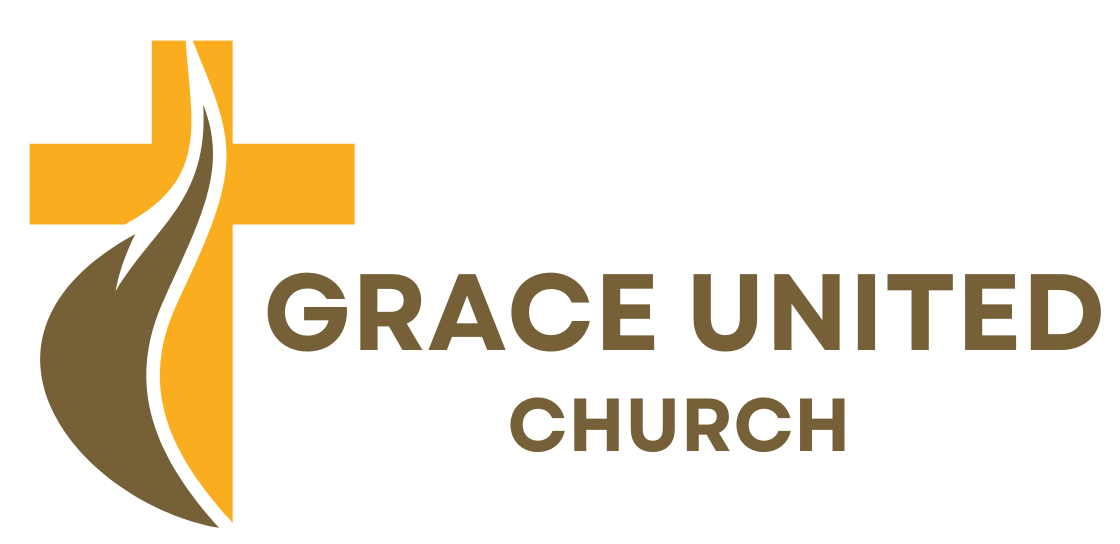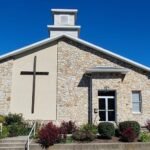Christian worship spaces require several essential fixtures – the pulpit or lectern – in order to deliver sermons, read scripture passages and guide congregational prayers. Though often confused or used interchangeably, each serves distinct functions with regard to design and placement; adding visual and spiritual aspects of church architecture that enhance worship experiences.
This article delves into the characteristics, historical significance and symbolic meaning of Pulpit or Lectern to understand their roles in worship as well as any differences that exist between them.
The Pulpit: Purpose and Symbolism
A pulpit is a raised platform in a church where clergy or pastors stand to deliver sermons and homilies. Historically, pulpits have been one of the most prominent fixtures within any worship service as they symbolize God’s authority through preaching; its design may vary across denominations depending on where in their sanctuary it’s placed. Pulpits can be found across Catholic, Protestant and Orthodox denominations – although its purpose may remain the same.
Location of the Pulpit:
In traditional churches, the pulpit is typically located on the left side of the sanctuary (from a congregation’s perspective), symbolizing its teaching mission and pastoral guidance. However, in other settings it may be placed centered for optimal visibility.
Elevation: Pulpits are typically elevated, underscoring the spiritual authority of preachers while drawing the congregation into focussing on sermons as a focal point in worship services, emphasizing its central role as an avenue through which God transmits his teachings.
Design: Pulpits can be grand and ornate affairs, adorned with decorative features like carvings, symbols or scripture verses that reflect their purpose as preaching platforms. Common symbols for pulpits include crosses, doves and images representing each Gospel writer – each depicted on it to show that this particular pulpit represents sharing Jesus’ teachings to those within its bounds.
Usage: Pulpits are exclusively reserved for preaching at Christian services, underscoring its sacred meaning and reverence associated with dispensing God’s Word.
Symbolism of the Pulpit
A pulpit stands as a symbol of authority, reverence and truth proclaiming in churches today. Its elevated position within the sanctuary serves to remind worshippers that teachings from its pulpit come not from human wisdom but instead are imparted from divine sources – further reinforcing reverence for scripture among its listeners and congregation.
Historically, the Pulpit or Lectern has represented the church’s mission of leading, instructing, and inspiring believers on their spiritual journey. It encapsulates pastoral care’s commitment to nurturing spiritual development within communities while calling individuals closer to God.
The Lectern: Function and Design
A lectern, on the other hand, is a reading desk designed primarily to be used during worship services for scripture readings, announcements, and leading prayers. As opposed to pulpits which provide authoritative preaching duties, lecterns typically feature lower heights that emphasize the function of public reading rather than authoritative preaching duties. Lectern designs tend to be less complex due to their more flexible role within services.
The symbolism of the Lectern
A lectern symbolizes God’s Word being shared with a congregation, serving as a beacon of the gospel message and reminder of how Scripture should be heard, understood, and received by all. Furthermore, its simple design symbolizes scripture being available for everyone’s listening pleasure – symbolizing its inclusive nature as part of Christian worship. Furthermore, its communal aspect offers yet another benefit – not just clergy use of it to share its messages!
Some traditions use lecterns shaped like an eagle as a symbolic representation of spreading the gospel around the globe, an allusion to Jesus’s Great Commission: “Go and make disciples of all nations” (Matthew 28:19).
Understanding the Differences Between Pulpit and Lectern
Recognizing the distinct roles played by both pulpit and lectern helps clarify their purpose within worship services. Here are some main distinctions:
| Feature | Pulpit | Lectern |
| Purpose | Primarily for preaching and sermons | Used for scripture readings and prayers |
| Elevation | Typically elevated, often enclosed | Usually lower and open |
| Symbolism | Authority, reverence, and pastoral guidance | Proclamation of the Word and community involvement |
| Position | Often on the left side of the sanctuary | Often on the right side of the sanctuary |
| Usage by | Typically used by clergy | Often used by lay readers and deacons |
| Design | Ornate, often enclosed and decorative | Simple, often with an eagle or cross symbol |
Pulpit Lectern
Position often on the left side of the sanctuary and often used by clergy
Usage typically by clergy
Lay readers and deacons Typically used on either side of the sanctuary by lay readers and deacons
Design typically ornate, often enclosed and decorative (often an eagle or cross symbol) or simple with few decorations
Historical Development and Evolution of Pulpit or Lectern
Over time, distinct roles for pulpit and lectern have evolved over time, as influenced by Reformation-era church architecture changes and church architecture redesign. Early Christian worship typically featured sermons and readings occurring from one platform; as church architecture became more specialized over time, so too did liturgical furniture, leading to separation between Pulpit or Lectern.
During the Reformation, Protestant denominations increasingly prioritized preaching, leading to an increase in prominence of pulpits among Anglican, Lutheran, and other Protestant traditions. Pupils became central features to signify their importance; while Catholic churches put more of an emphasis on altar as their central feature than on their pulpit – though both still play important but secondary roles.
Modern churches have increasingly adopted more flexible pulpits and lecterns. Some churches combine both functions into one stand, providing both preaching and readings; other churches may maintain separate spaces for each function.
Pulpit and Lectern in Contemporary Worship
Today’s worship settings rely heavily on pulpits and lecterns as focal points for providing scripture readings. And leading congregational prayers, yet their design and usage have evolved with congregations over time.
Multi-Functional Designs: Some modern churches use multi-function stands that combine the functions of the pulpit And .lectern into one adaptable structure that facilitates readings, announcements, sermons, and more in one centralized area. This unique approach helps churches reflect contemporary worship services with contemporary worship styles by streamlining readings announcements sermons into one space.
Increased Lay Involvement: Lecterns have increasingly played an active role in inviting laypeople to participate in readings. And prayers at church services, with members often leading scripture readings as part of worship – symbolizing that all must proclaim God’s Word together.
Simplified Aesthetic: Pulpits and lecterns in many churches have taken on a simpler aesthetic in recent years to match contemporary worship spaces. But traditional churches often retain ornate pulpits to maintain reverence for past worship experiences and continuity with past worship spaces.
Conclusion:
Although seemingly simple fixtures, Pulpit or Lectern play an enduring role in Christian worship. Their purpose embodies both aspects of liturgy: proclamation and teaching. While pulpits symbolize authority with regard to preaching power and the transformational power of preaching messages to worshipers. Lecterns offer access for all while also emphasizing communal sharing of scripture. So believers may encounter God personally through scripture reading and study.
Pulpit and lectern enhance worship services by creating a tangible link to traditions and values central to faith. As they evolve over time, their symbolic value remains key in maintaining church life. Creating a space in which believers can find strength through worshiping God’s word together.
Last modified: November 12, 2024







Valuable info. Fortunate me I found your web site by
chance, and I’m stunned why this accident did not took place earlier!
I bookmarked it. https://Www.waste-ndc.pro/community/profile/tressa79906983/
Valuable info. Fortunate me I found your web site by chance, and I’m stunned why this accident did not
took placce earlier! I bookmarked it. https://Www.waste-ndc.pro/community/profile/tressa79906983/
Today, I went to the beach wikth my children. I
found a sea shell aand gavve it to my 4 year old daughter and said “You can hear the ocean if you put this to your ear.”
She placed the shell to her ear and screamed.
There was a hermnit crab inside andd it pinhed her ear.
She nevrr wants to go back! LoL I know this is compltely off
topic but I had too tell someone! https://Www.waste-ndc.pro/community/profile/tressa79906983/
Today, I went to the beach with my children. I found a
sea shell and gave it to my 4 year old daughter and said “You can hear the ocean if you put this to your ear.” She placed the shell to her
ear and screamed. There was a hermit crab insiide andd
iit pinched her ear. She never wants to go back! LoL I know this iis completely off topic but I had to tell someone! https://Www.waste-ndc.pro/community/profile/tressa79906983/